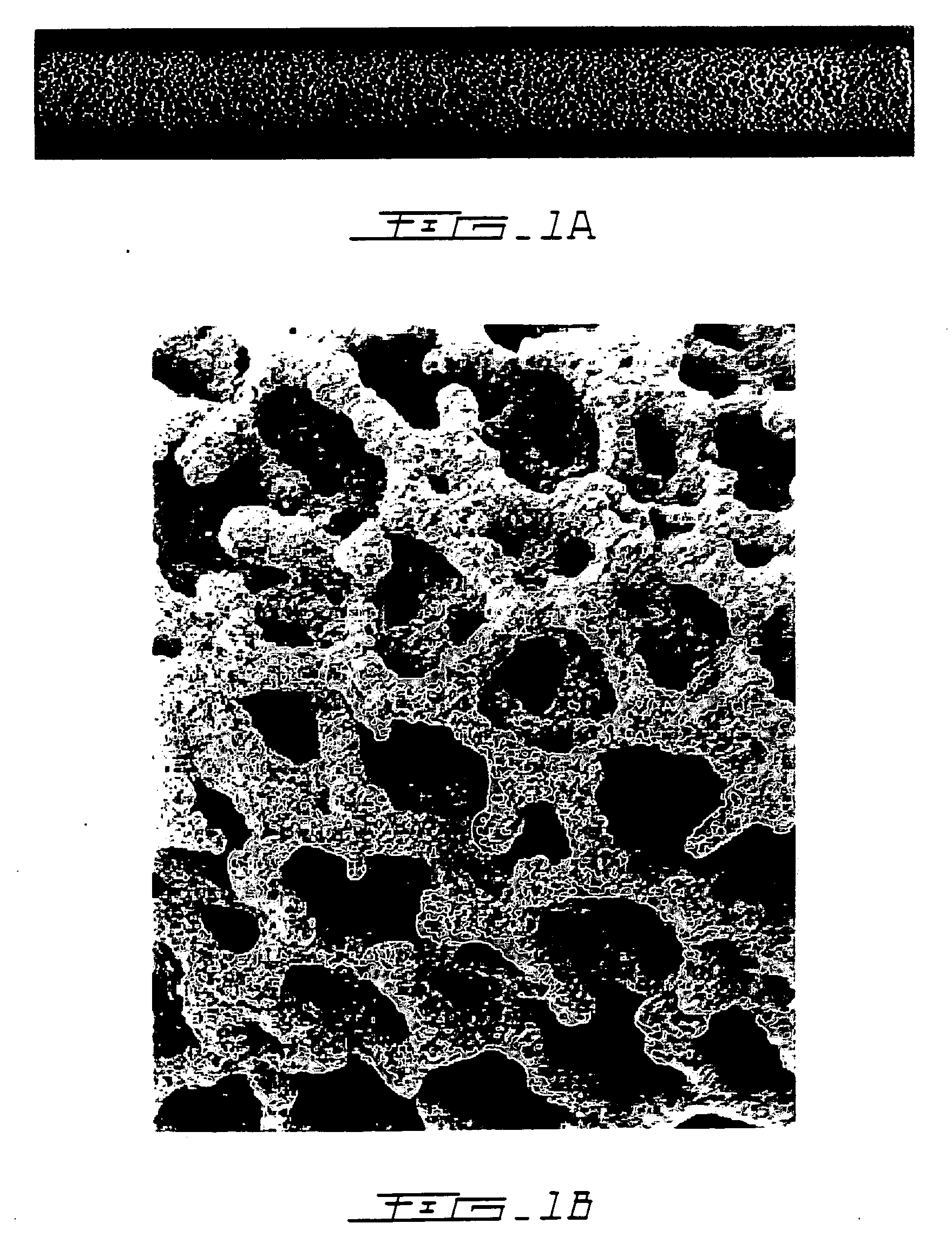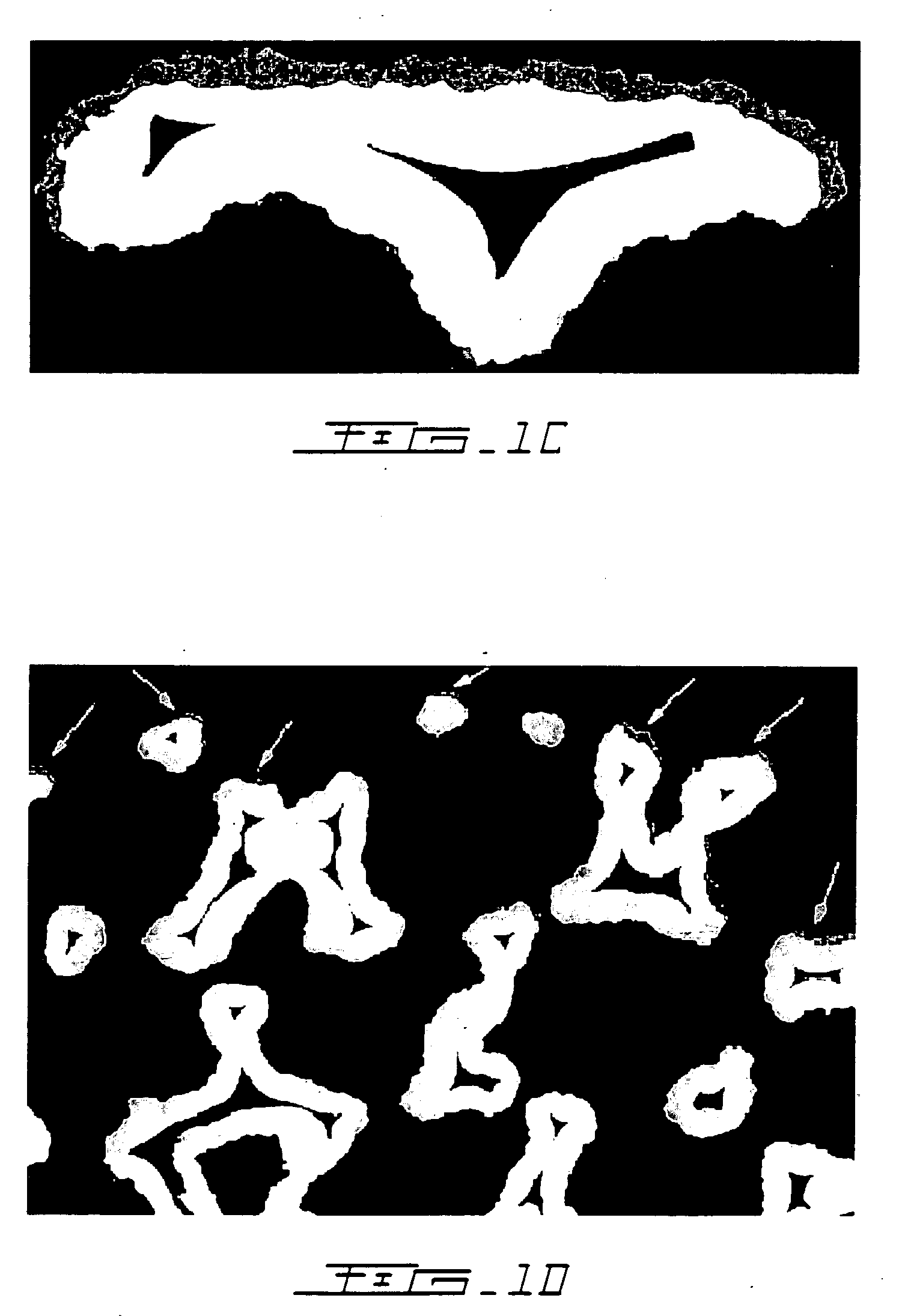Implant improving local bone formation
a local bone and implant technology, applied in the field of bone implants, can solve the problems of affecting the clinical effect of the implant, affecting the patient's overall health, so as to improve the potency and improve the effect of potency
- Summary
- Abstract
- Description
- Claims
- Application Information
AI Technical Summary
Benefits of technology
Problems solved by technology
Method used
Image
Examples
Embodiment Construction
[0038] The hypothesis that bisphosphonates have a positive effect on net bone growth, particularly into porous implants, was first confirmed by conducting a canine ulnar intramedullary implant model in which porous tantalum rods were implanted for 6 weeks. (Bobyn J D, Tanzer M, Harvey E J, Krygier J J, Little D G. J Bone Joint Surg (Br), 2005) Immediately after surgery, seven test animals with 14 ulnar implants were administered a single intravenous dose of 0.1 mg / kg ZA (Novartis Pharma AG, Basel, Switzerland). Because of the systemic exposure of test animals to ZA it was necessary to utilize external control data from a prior experiment (Tanzer M, Kantor S, Bobyn J D. J Arthrop 19:195-199, 2002) for comparisons of bone ingrowth. The mean extent of bone ingrowth was 6.6% for the control implants and 12.2% for the ZA-treated implants, a relative difference of 85% that was statistically significant. Detailed quantitative analysis of the individual islands of new bone formation with th...
PUM
| Property | Measurement | Unit |
|---|---|---|
| Mass | aaaaa | aaaaa |
| Mass | aaaaa | aaaaa |
| Size | aaaaa | aaaaa |
Abstract
Description
Claims
Application Information
 Login to View More
Login to View More - R&D
- Intellectual Property
- Life Sciences
- Materials
- Tech Scout
- Unparalleled Data Quality
- Higher Quality Content
- 60% Fewer Hallucinations
Browse by: Latest US Patents, China's latest patents, Technical Efficacy Thesaurus, Application Domain, Technology Topic, Popular Technical Reports.
© 2025 PatSnap. All rights reserved.Legal|Privacy policy|Modern Slavery Act Transparency Statement|Sitemap|About US| Contact US: help@patsnap.com



